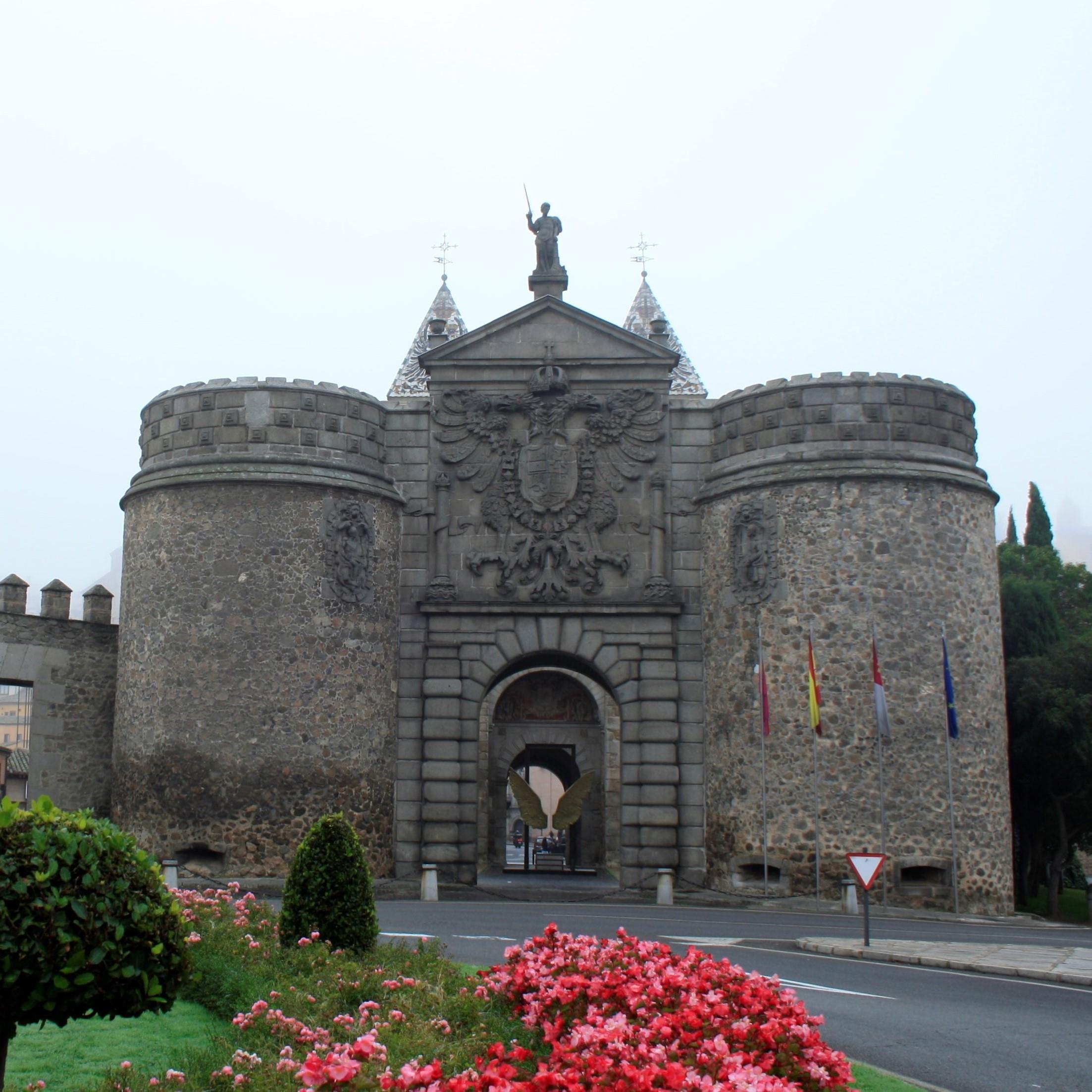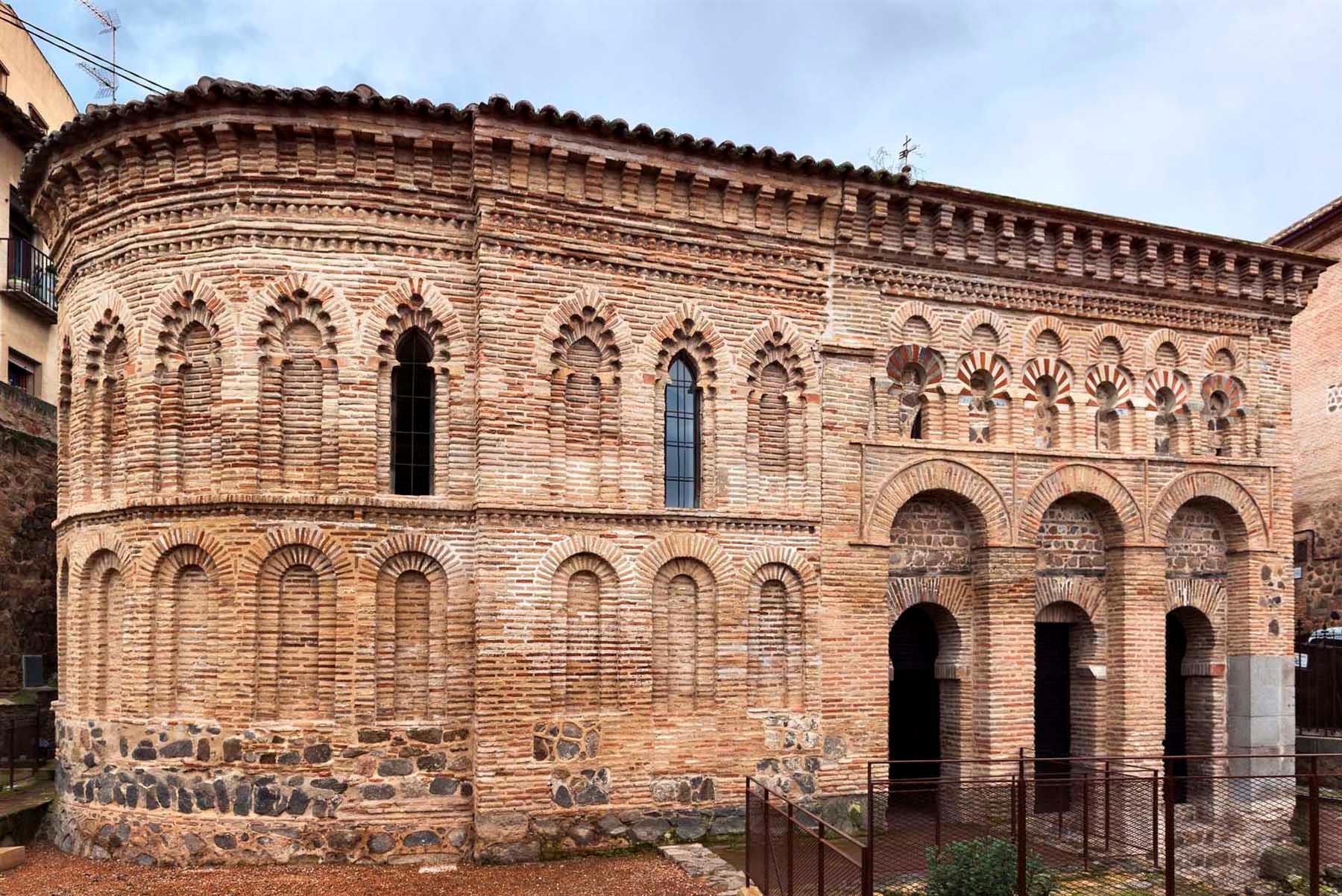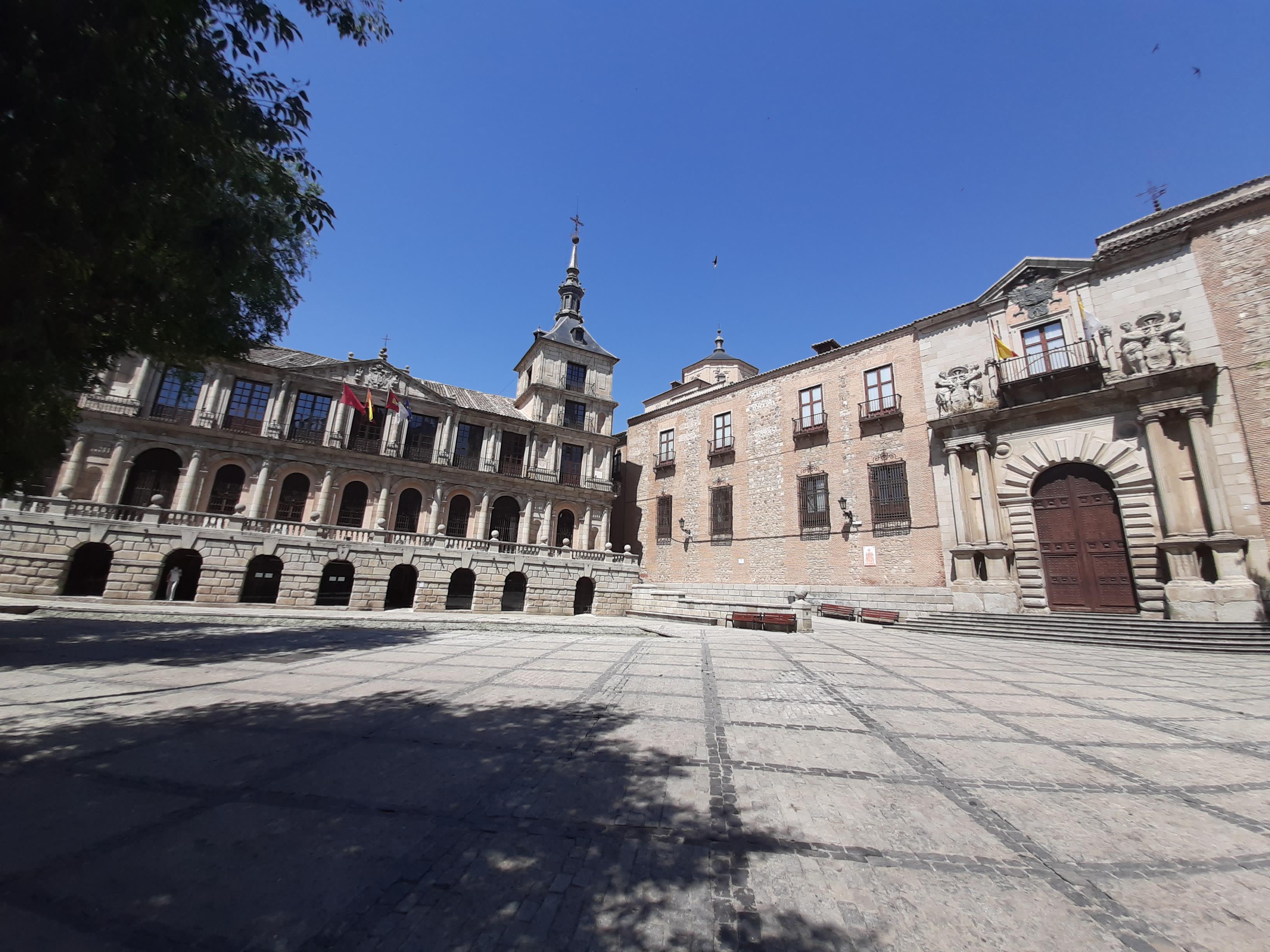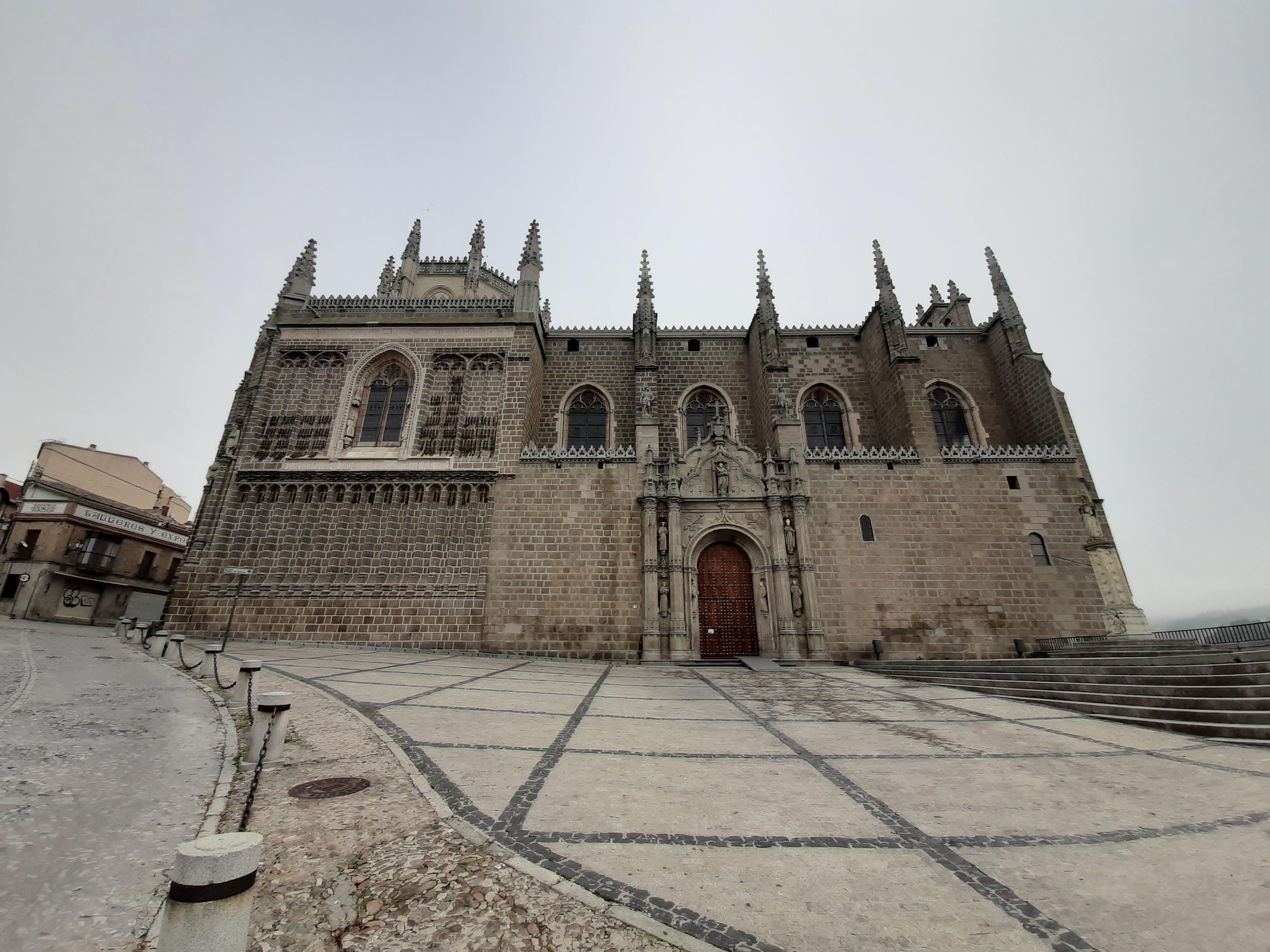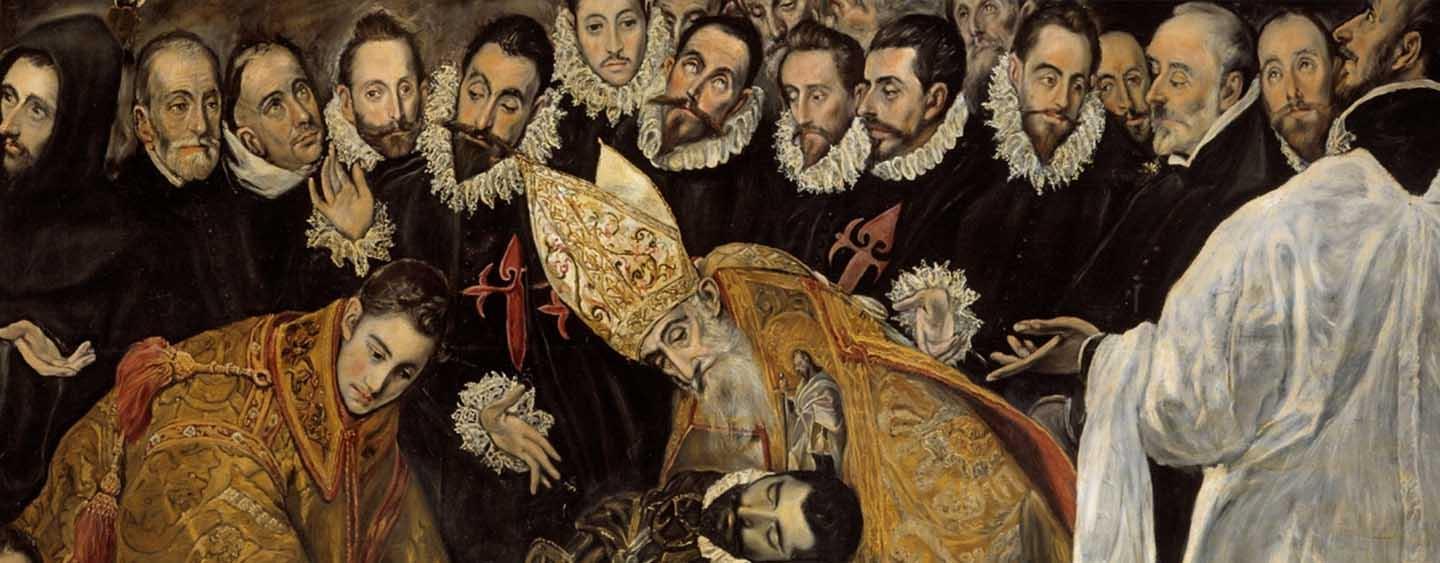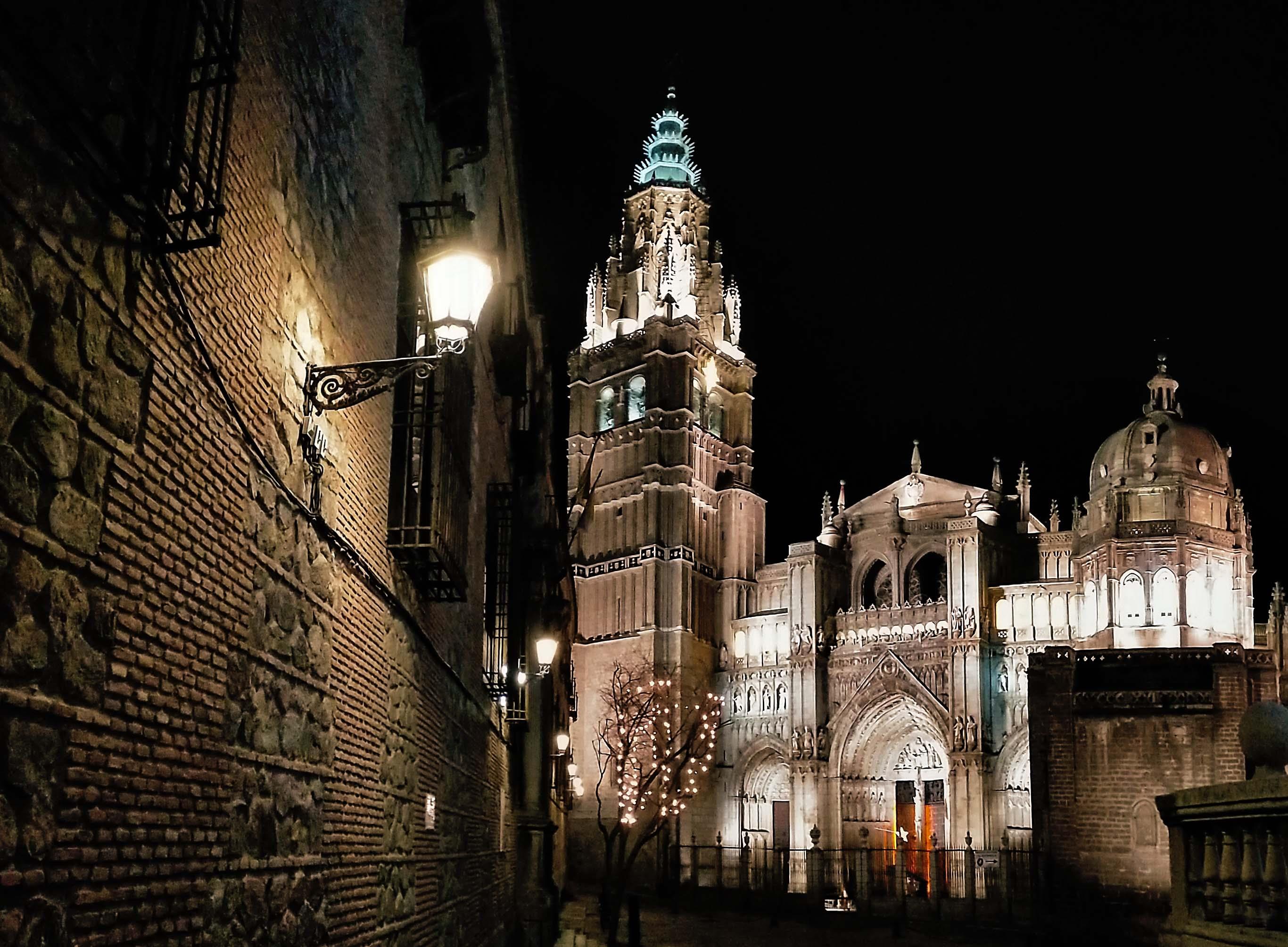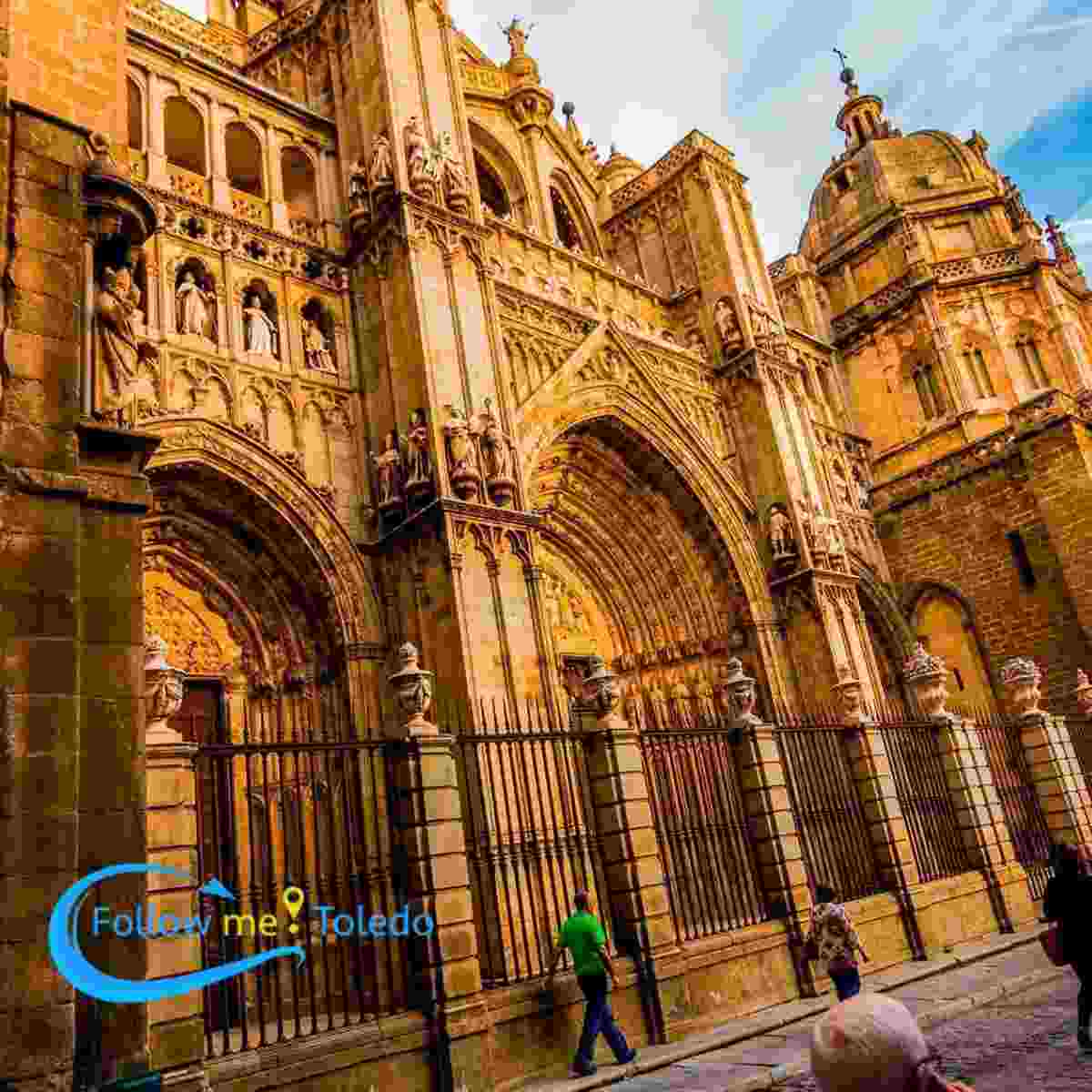Discover the imperial city living a self-guided adventure that will take you to visit the most relevant points of interest and learn about its history while uncovering the clues that Dr. Messina followed on a treasure route that will challenge your intelligence and perception at your own pace and with total freedom
What is a Free Tour?
It is about a walking visit with a qualified guides for free. Once the tour is finished, you can put a price according to your level of satisfaction.
Things to do Self-Guided visit: Adventour Toledo
Highlights to see in Self-Guided visit: Adventour Toledo
Details
Duration
2 hours 30 minutes
Language
Guide in Spanish
Price
Single Ticket: 14.99 €
Availability and starting time
Not available
When to book?
You can reserve up to before the activity
Free cancellation
Cancel anytime for a full refund.
Included
Self guided tours
Live an adventure in a Scavenger hunt format
1 Participación en Premios Mensuales:
Ver Premios
Excluded
Tickets for museums and/or monuments are not included
Meeting point
Conditions
Is the interior of the monuments visited?
Only the exterior of the named sites
Is the tour adapted for people with reduced mobility?
Not adapted
Guaranteed departures without min of travelers
Yes
Are animals allowed?
Yes
Activity recommended for children?
Yes, families are welcome
Our promises
Best price guaranteed
Quick and easy reservation
Multilingual Customer Service
Secure payment
Contact us
Do you have any question?
Would you like this tour in private?
Reservation
Cancel or modify reservation


